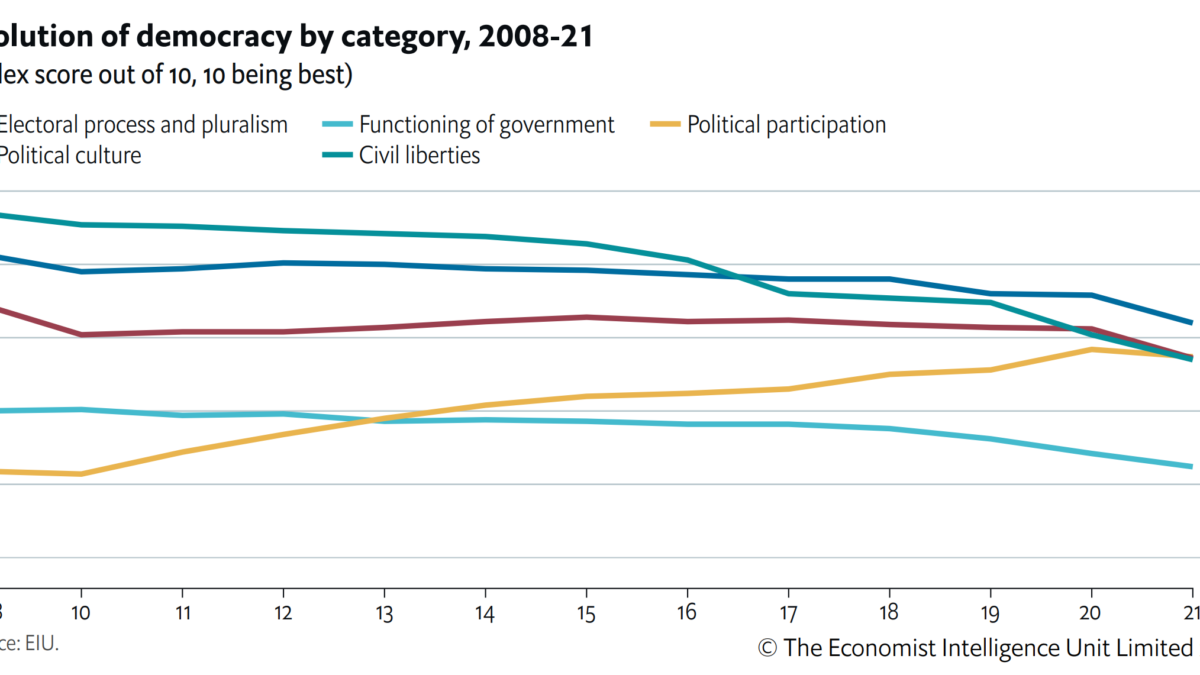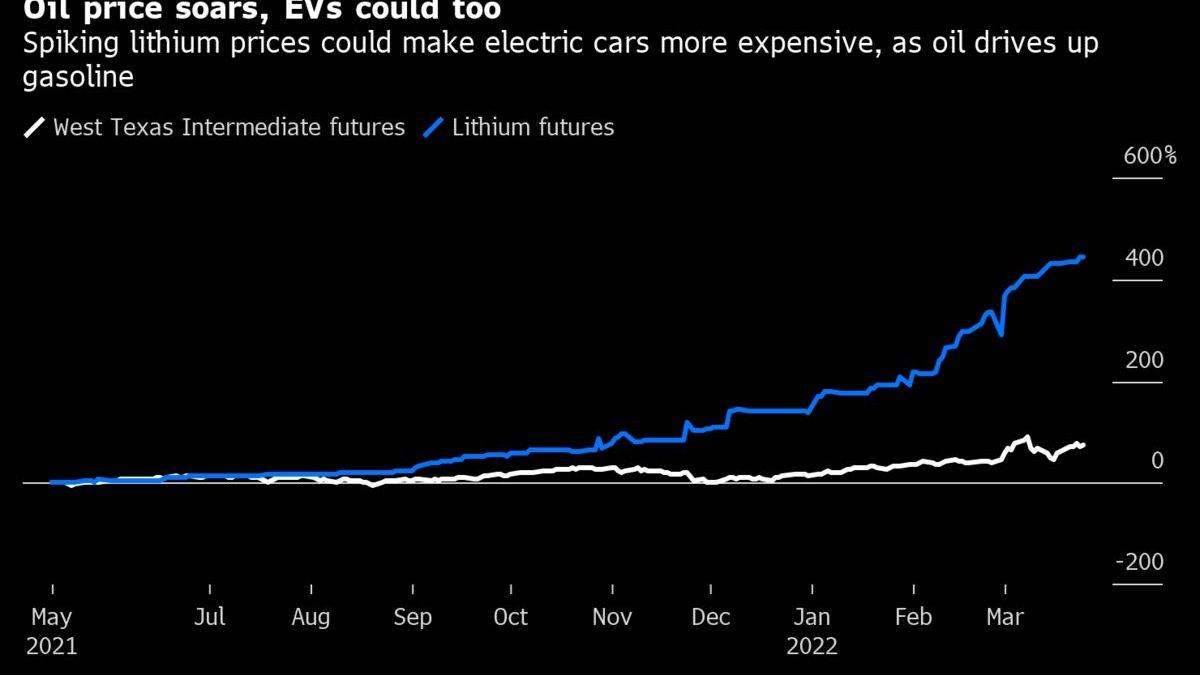COP15 reaches deal to halt decline in nature by 2030 – Countries to allocate $200 billion per year for biodiversity initiatives but funds to biodiversity are miniscule – “We know the global economy and every company in it is negatively impacting biodiversity”
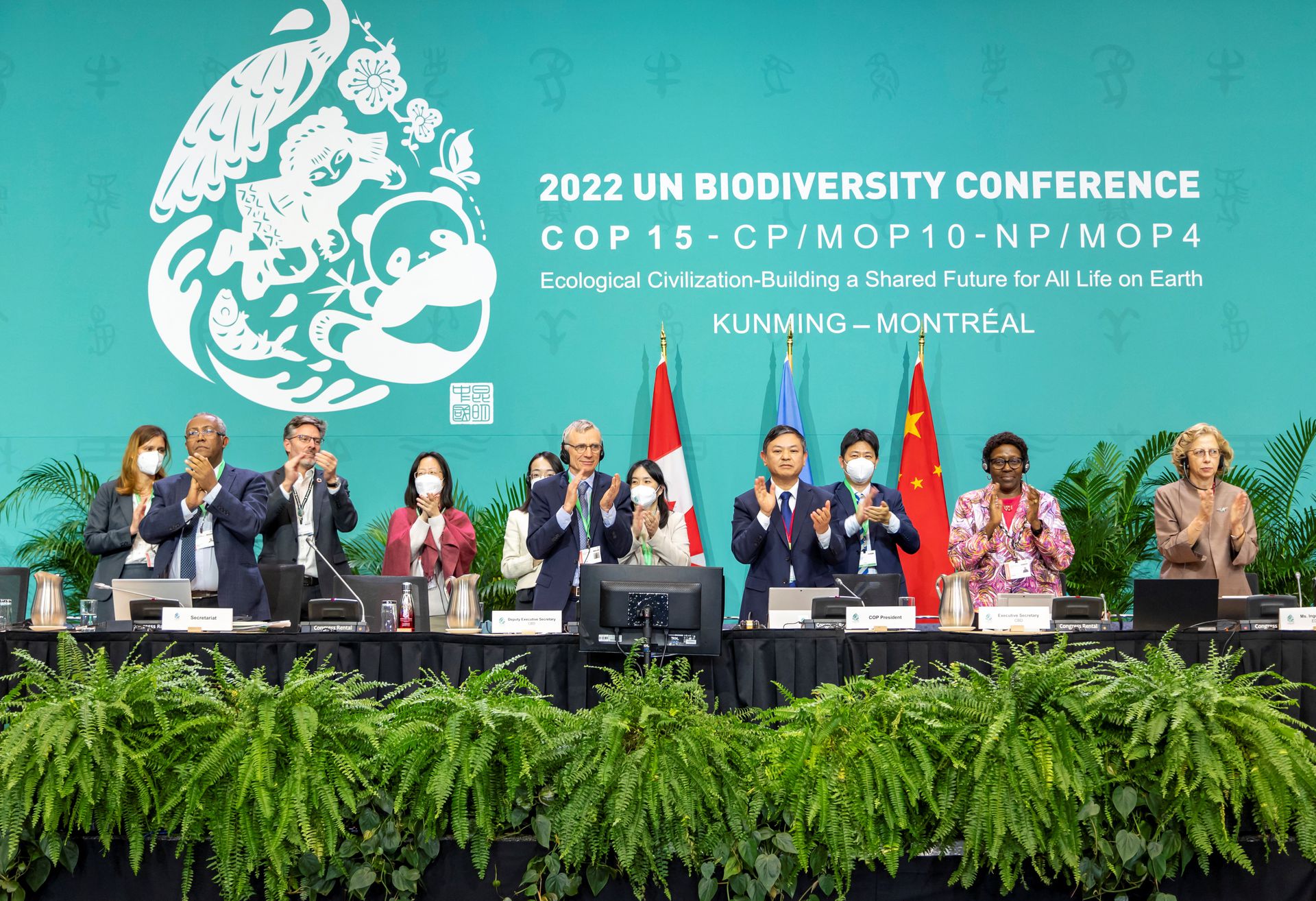
By Isla Binnie and Gloria Dickie
19 December 2022
MONTREAL (Reuters) – A United Nations summit approved on Monday a landmark global deal to protect nature and direct billions of dollars toward conservation but objections from key African nations, home to large tracts of tropical rainforest, held up its final passage.
The Kunming-Montreal Global Biodiversity Framework, reflecting the joint leadership of China and Canada, is the culmination of four years of work toward creating an agreement to guide global conservation efforts through 2030.
The countries attending the U.N.-backed COP15 biodiversity conference had been negotiating a text proposed on Sunday and talks addressing the finer points of the deal dragged on until Monday morning.
Delegates were able to build consensus around the deal’s most ambitious target of protecting 30% of the world’s land and seas by the decade’s end, a goal known as 30-by-30.
I would urge everybody to focus on what was delivered tonight and I think this is the momentum this process needs. I think we should focus our energy on how do we turn this spirit of collaboration into fulfilling those global goals and targets we adopted.
Li Shuo, Greenpeace East Asia
However, division over how to fund conservation efforts in developing countries led to intense negotiations to the end.
With China holding the COP15 presidency, Minister of Ecology and Environment Huang Runqiu appeared to disregard objections from the delegation of the Democratic Republic of Congo, declaring the deal passed minutes after they said they were not able to support it.
A Congolese representative argued that developed nations should provide more resources to nature conservation efforts in developing countries.
DRC is the second-largest tropical forested country in the world and home to the greatest extent of African tropical rainforest, giving it a crucial role in the future of the planet’s biodiversity.
Huang then acknowledged Mexican remarks supporting the final agreement and declared shortly after 3:30 a.m. (0830 GMT) that the deal was agreed, drawing outrage from other African delegates.
A representative from Cameroon said through a translator that the agreement was passed by force of hand.
A Ugandan representative requested to be on-record that Uganda did not support the procedure.
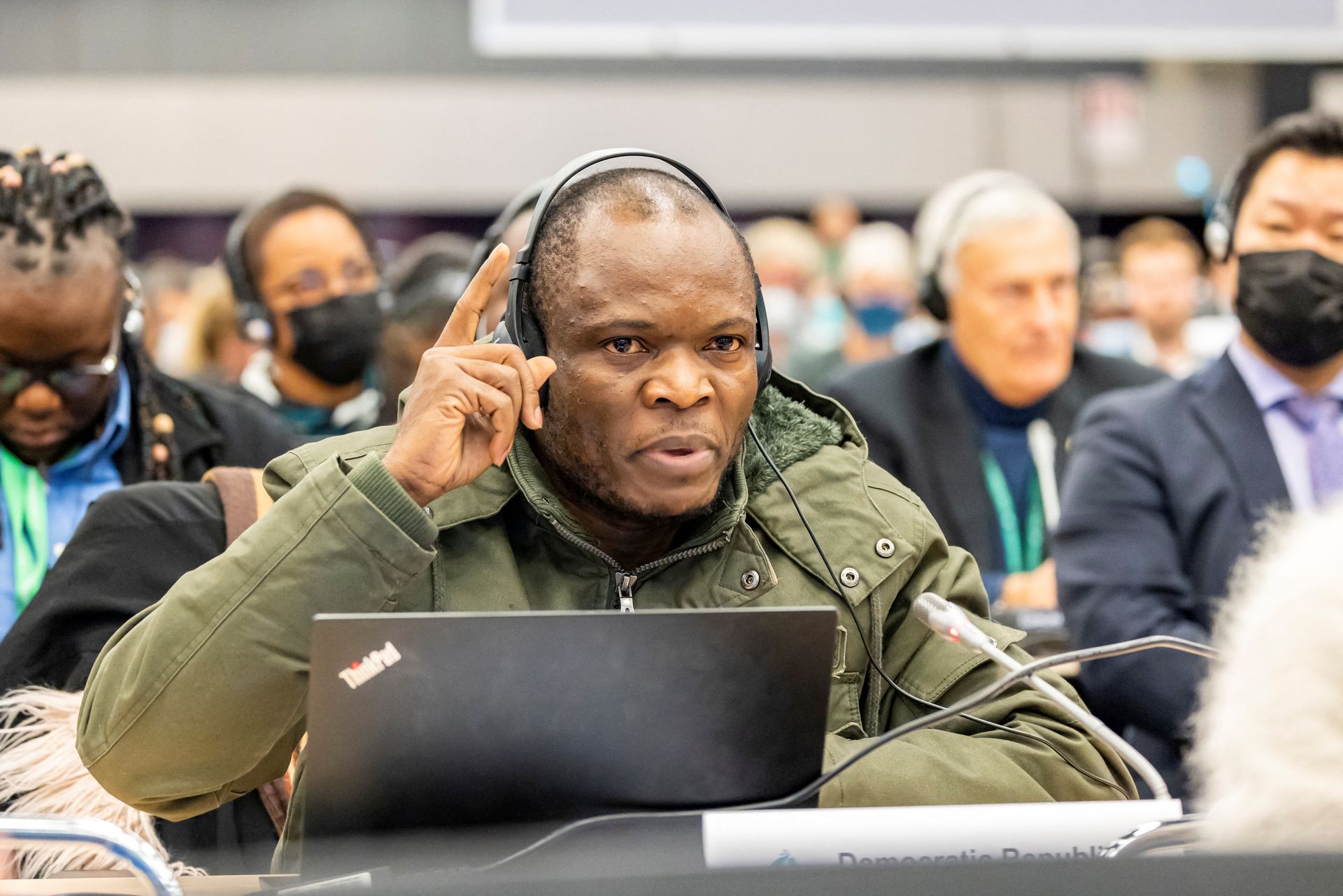
Tempers flare
Despite the row, the U.N. announced that the deal stood because no delegation had raised a formal objection.
The DRC representative disagreed with this assessment, arguing that their remarks represented a formal objection.
Delegates from Latin American countries expressed disappointment that the landmark agreement had been marred by the disagreement and abrupt actions of the presidency.
EU Environment Commissioner Virginijus Sinkevicius told reporters: “We will of course wait for the official explanation because the one from the stage was very weak.”
Canadian Environment Minister Steven Guilbeault said that the manner in which the deal was declared to have passed “fit with the U.N. definition of adoption”.
Asked if he was confident it would stand, Guilbeault said, “Yes, absolutely. There were some reservations, it will be noted in the minutes of the meeting. It’s not the first time it happens in a U.N. meeting and it’s unlikely to be the last time either.”
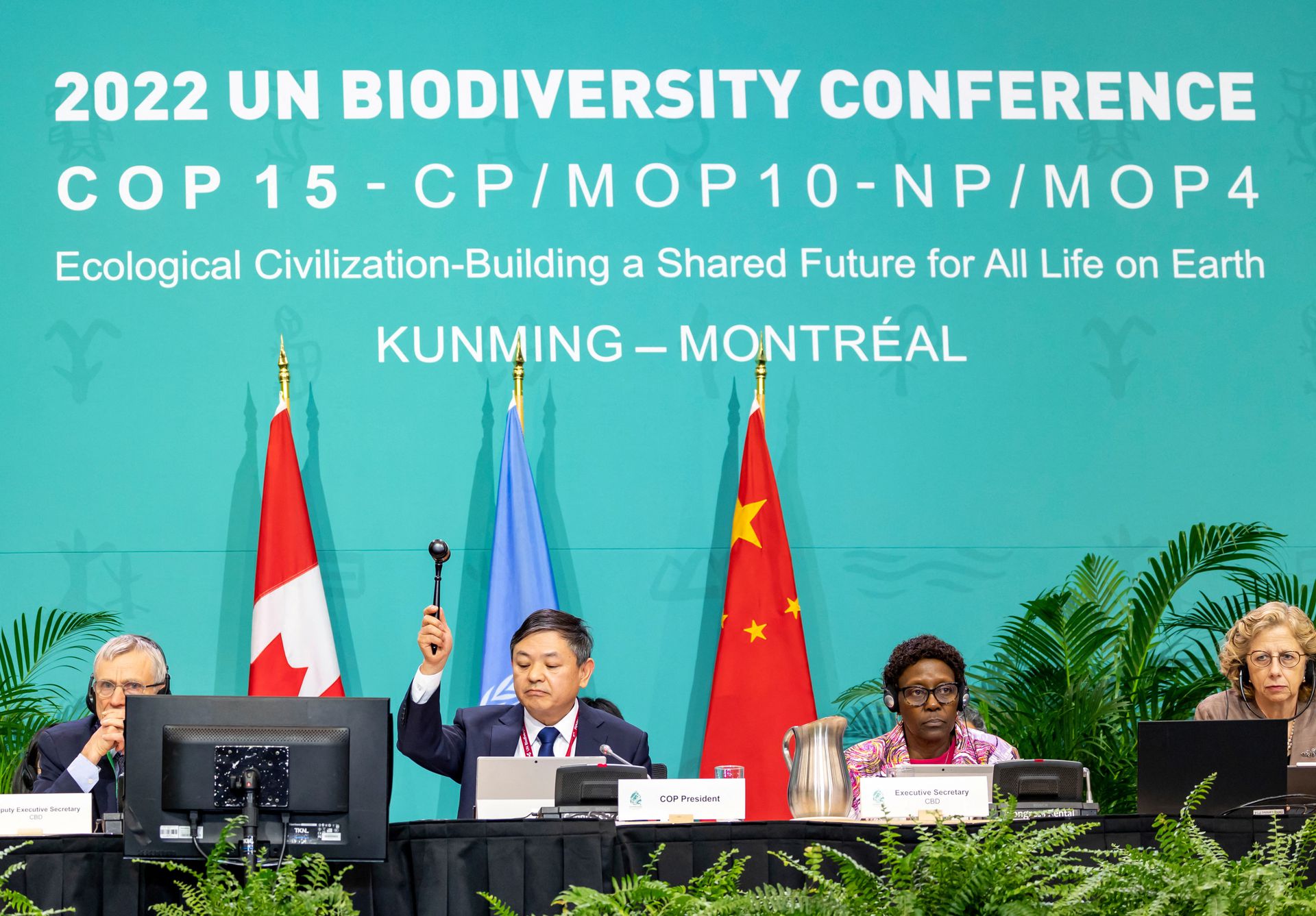
What’s in the deal
The deal also directs countries to allocate $200 billion per year for biodiversity initiatives from both public and private sectors.
Developed countries will provide $25 billion in annual funding starting in 2025 and $30 billion per year by 2030.
The agreement, which contains 23 targets in total, replaces the 2010 Aichi Biodiversity Targets that were intended to guide conservation through 2020. None of those goals were achieved, and no single country met all 20 of the Aichi targets.
Unlike Aichi, this deal contains more quantifiable targets — such as reducing harmful subsidies given to industry by at least $500 billion per year — that should make it easier to track and report progress.
More than 1 million species could vanish by the century’s end in what scientists have called a sixth mass-extinction event. As much as 40% of the world’s land has been degraded, and wildlife population sizes have shrunk dramatically since 1970.
Investment firms focused on a target in the deal recommending that companies analyse and report how their operations affect and are affected by biodiversity issues.
The parties agreed to large companies and financial institutions being subject to requirements to make disclosures regarding their operations, supply chains and portfolios – but the word “mandatory” was dropped from previous drafts.
“I would urge everybody to focus on what was delivered tonight and I think this is the momentum this process needs,” said Li Shuo with Greenpeace East Asia. “I think we should focus our energy on how do we turn this spirit of collaboration … into fulfilling those global goals and targets we adopted.”
COP15 reaches deal to halt decline in nature by 2030

Billions needed to deliver COP15 nature deal but funds to biodiversity miniscule
By Virginia Furness and Isla Binnie
19 December 2022
LONDON (Reuters) – Climate conscious investors have channeled billions of dollars into clean energy but investment flows into protecting and better managing the world’s ecosystems remain minute by comparison.
This could change after negotiators at the U.N. nature summit in Montreal secured long-awaited formal support on Monday for a Global Biodiversity Framework to protect nature. But plans have yet to be fleshed out on how to channel the huge amounts of capital from private and public sector sources that scientists say are necessary for conservation.
A growing crowd of investors aiming to manage their money with environmental, social and governance (ESG) considerations in mind are looking to the deal for indications of the future shape of new financial instruments and rules to protect forests, marshes, waters, and everything in between.
Some managers have already pressed ahead. Around 74.3 billion euros ($78.8 billion) are already invested in funds aimed at protecting ecologically sound environments on land, air and water, according to data from Morningstar.

Morningstar lists 175 funds that run investment strategies that are intended to invest in companies, or securities, that are involved in industries that positively impact the environment. It groups these funds together under a theme it calls healthy ecosystems.
The five largest equity healthy ecosystem funds are managed by Pictet, BNP Paribas Asset Management and Amundi and account for 21.6 billion euros, or nearly a third of the entire group.
These funds are largely concentrated in the industrials and utilities sectors: six out of 10 largest funds are overweight the benchmark weighting of industrials in the MSCI ACWI Index (USD) while half of the funds are overweight utilities.
Biodiversity funds
Investment strategies targeting biodiversity specifically are an even more nascent product. Just 907.6 million euros are invested in Morningstar’s top 10 equity funds with biodiversity in their name.
Limited data collection and reporting and the difficulty of measuring a company’s impact on biodiversity are all seen as major barriers for investment to money managers.
“We know the global economy and every company in it is negatively impacting biodiversity,” said Tom Atkinson, portfolio manager at AXA Investment Managers, which has a 117 million euro Article 9 biodiversity impact fund.
“At the moment we can only assess the negative impact (on biodiversity) of the companies in our portfolio, this is why more biodiversity funds don’t exist and why regulation is arguably dragging.” [more]
Billions needed to deliver COP15 nature deal but funds to biodiversity miniscule
